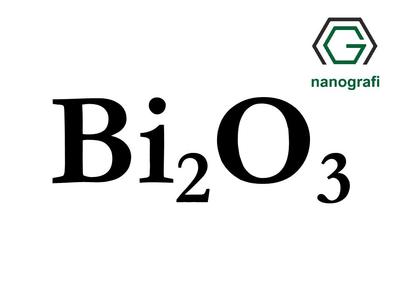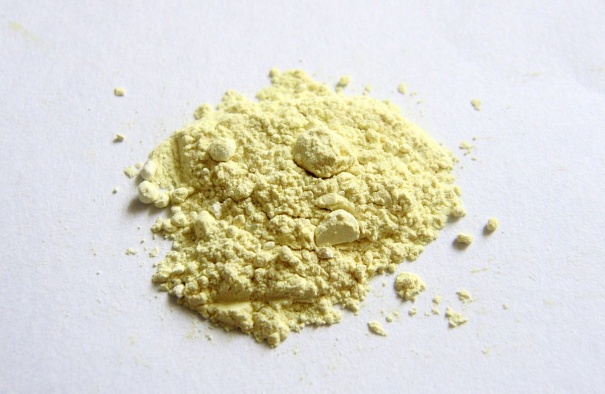General Information about Bismuth Oxide

Bismuth Oxide is one of the most important compounds of Bismuth metal. This compound consists of Bismuth metal and Oxygen. The color of the compound is bright yellow. Bismuth Oxide is insoluble in water.
Applications of Bismuth Oxide

Bismuth Oxide nanoparticles/nanopowder have applications in electronic and in glass and ceramic industry. In electronics Bismuth Oxide nanoparticles/nanopowder are used in capacitors, pressure-sensitive resistors and solid electrolytes. In order to improve the performance of materials Bismuth Oxide nanoparticles/nanopowder are used. Bismuth Oxide nanoparticles/nanopowder also increase the index of refraction when added to glass. Bismuth Oxide is used as a substitute for lead oxide in glass and Bismuth Oxide nanoparticles/nanopowder are the best substitute of Lead Glaze. Bismuth Oxide nanoparticles/nanopowder also used as a composite in polymers, rubber, fireproofing papers, disinfectant, and magnets. Bismuth Oxide nanoparticles/nanopowder have also applications in medicine and artificial bone imaging.
Technical Properties of Our Bismuth Oxide (Bi2O3) Nanoparticles/Nanopowder, 75-195 nm, Purity 99.99% Product
| Purity % | 99.99 |
| Color | yellow |
| AVERAGE PARTICLE SIZE (nm): | 75-195 |
| Morphology | spherical |
| SPECIFIC SURFACE AREA (m2/g): | 4.0-6.0 |
| Bulk Density (g/cm3) | 0,7 |
| True Density (g/cm3) | 9,2 |
| Molecular Weight (g/mol) | 466.0 |
| Melting Point (°C) | 810 |
You may order Bismuth Oxide (Bi2O3) Nanoparticles/Nanopowder, 75-195 nm, Purity 99.99% by clicking the link below:
Comments
Post a Comment